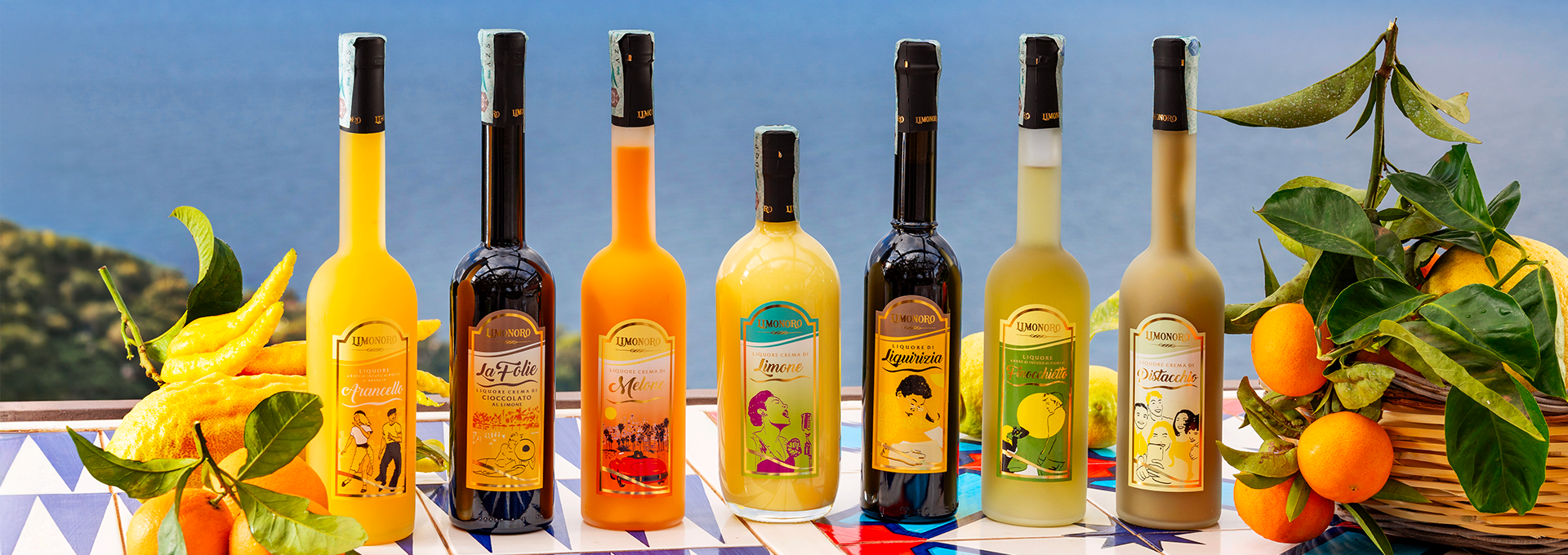
The Sorrento IGP Lemon is a prized variety, also known as Ovale di Sorrento or Limone di Massa Lubrense. This citrus fruit is distinguished by its elliptical shape, medium-thick citron-yellow rind rich in essential oils, and pale-yellow juicy pulp with high acidity and vitamin C content.
The cultivation of the Sorrento IGP Lemon is deeply rooted in the Sorrento Peninsula and the island of Capri, covering the municipalities of Massa Lubrense, Meta, Piano di Sorrento, Sant’Agnello, Sorrento, Vico Equense, Capri, and Anacapri. This area, with its mild climate and fertile soil, offers the ideal conditions for this lemon variety.
The Sorrento Lemon is widely used in local cuisine to enhance traditional dishes and desserts and to produce the famous limoncello, contributing to the promotion of the region’s gastronomic traditions.
The Production Regulations and IGP Certification: The Guarantee of Limonoro’s Unique Limoncello
The Sorrento IGP Lemon production regulations establish strict criteria to ensure the quality of the product. Lemon trees must be cultivated using traditional methods, often under structures called pagliarelle, made of straw mats supported by wooden poles, which protect the trees from cold and wind, delaying fruit ripening. The maximum allowed yield is 45 tons per hectare in specialized cultivation. Harvested lemons must be healthy, free from pest damage, and carefully transported to avoid bruising.
The Protected Geographical Indication (IGP) certification guarantees the product’s origin and quality, protecting its name at the European level. The production regulations for Sorrento IGP Lemons ensure product excellence through:
- Production area: includes the municipalities of Vico Equense, Meta, Piano di Sorrento, Sant’Agnello, Sorrento, Massa Lubrense, and the island of Capri (municipalities of Capri and Anacapri).
- Accepted variety: the Femminello Ovale di Sorrento (Citrus limon, L., Burmann), also known as Limone di Massa Lubrense or Massese.
- Cultivation techniques: use of traditional structures like pagliarelle to protect the plants and delay fruit ripening, limiting the use of chemical fertilizers and pesticides.
- Maximum yield: must not exceed 45 tons per hectare in specialized or mixed cultivation.
The regulations also require that harvested lemons be healthy, free from pest damage, and transported using methods that prevent fruit deterioration, ensuring high-quality produce for consumers.

